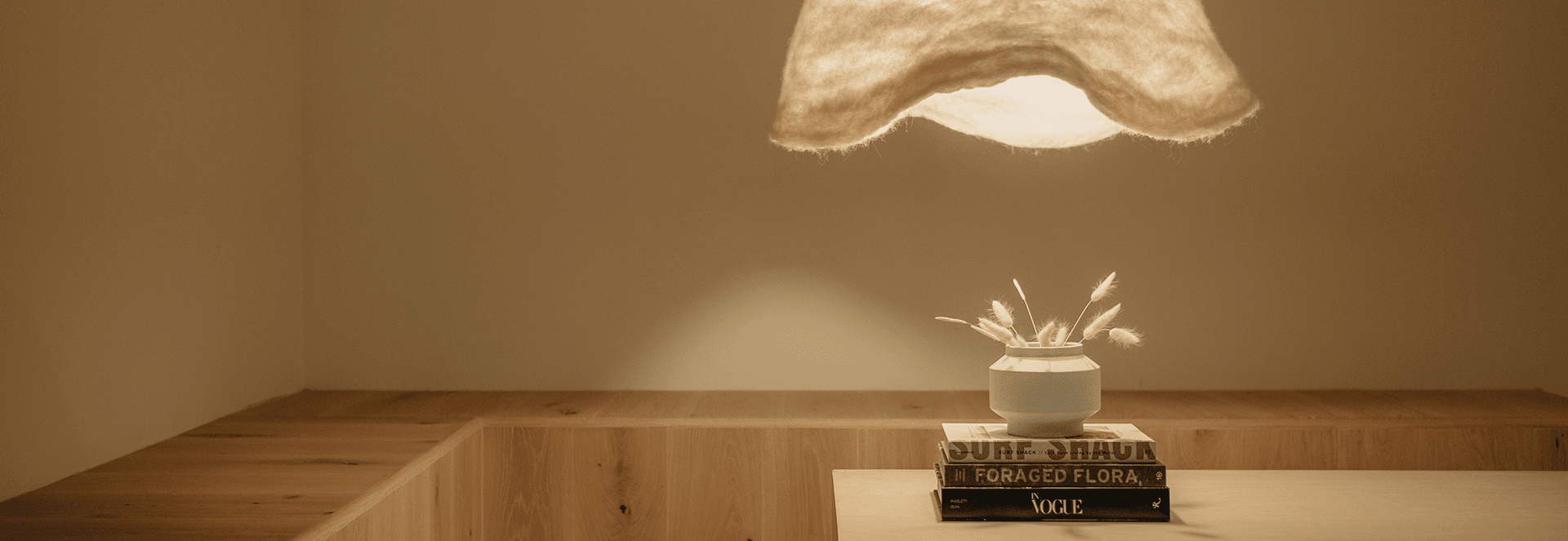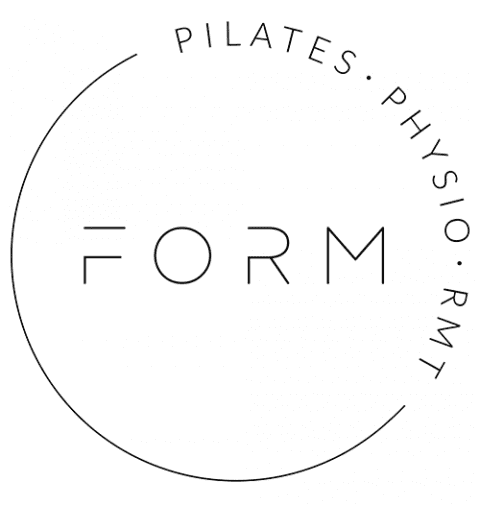Frequently Asked Questions
What is Pilates?
Who created Pilates?
Pilates was developed by Joseph Pilates in the early 1900’s to rehabilitate soldiers during World War I. Joseph later brought his technique to New York where it became popular with the New York City Ballet before making it’s way to Los Angeles where the method took off in Hollywood. Today, Pilates is practiced around the world and is used by all types of people from elite athletes to those undergoing physical rehabilitation.
What is the difference between ‘classical’ and ‘contemporary’ Pilates?
Classical Pilates
closely mirrors Joseph Pilates’ original exercises and the order in which they were performed. Classical Pilates will generally teach abdominal exercises in a posterior tilt meaning that, when laying on your back, your lower spine is completely pressed into the floor, creating a tuck in the pelvis.
Contemporary Pilates
is also based on the work of Joseph Pilates but has been modernized due to heavy influence from physical therapy and biomechanics. Contemporary Pilates integrates a mix of traditional Pilates exercises combined with new exercises or variations that allow for injury rehabilitation and instructor creativity. Contemporary Pilates will generally teach exercises in a neutral pelvis meaning that when laying on your back, your lower spine will have some space between the back and the floor, and the hip points and the pubic bone will all be in one plane. At Form Body Lab, we teach Contemporary Pilates.
What are the main benefits of Pilates?
ENDURANCE
Pilates builds endurance, both physical and mental, requiring your concentration through the completion of each Pilates repetition and sequence. While initially you may have to take breaks between exercises, the goal is to eventually build enough focus and endurance to practice Pilates sequences without breaks, like a choreographed piece of movement.
MUSCLE SHAPE & TONE
Pilates uses your body weight and the springs on Pilates equipment as resistance for shaping your muscles, but it trains every part of your body evenly—front, back, and sides. Pilates helps you develop visible muscle definition and tone and with regular practice, you will truly see your body evolve.
FLEXIBILITY
While we all want to achieve a strong, fit body, it’s important to strike a balance between strength and flexibility. When your muscles are tight, mobility is hindered leading to tension, aches, and pain. Flexibility ensures a greater range of movement in your joints, and will in turn keep your joints healthy longer. Pilates makes use of dynamic, rather than static, stretching warming up the muscles so that they respond more effectively, increasing range of movement and improving your flexibility.
ALIGNMENT
When your body is out of proper alignment, it places a great strain on your muscles, ligaments, and joints, resulting in aches and pains and reduced physical activity. Pilates gives you the opportunity to correct your misalignments, allowing your muscles to be held without tension at their ideal length and to work efficiently. Proper alignment reduces the daily impact of gravity on your spine and joints, lessens the risk of strain and injury and improves your posture and the way you carry yourself.
STRENGTH
Pilates is a wonderful body conditioning practice that builds strength from the inside out, targeting each muscle group with a mix of dynamic and static strength training. Strength leads to greater health, increasing your metabolism, reducing the risk of injury, lowering blood pressure and reducing cholesterol levels.
STRESS RELIEF
Frequent exercise is one of the best remedies to manage stress and its affects on your physical and mental well-being. Pilates focuses on a deep, mindful pattern of breathing leading to the relaxation of tense muscles, the release of endorphins and encouraging the body and mind to feel more relaxed and positive.
Will Pilates help me lose weight?
With regular practice, Pilates will change the shape of your body. It is not uncommon for clients to drop a dress size, even if their weight on the scale hasn’t changed.
How does Pilates help posture?
One of our main goals in Pilates is to have you identify and work in a neutral spine. This means all of the natural curves of your spine are in tact and functioning properly. This alone improves posture and as we will be working on your body as whole through proper placement of your boney structures and optimal function of your muscular system, this will further enhance good posture.
What is Apparatus / Equipment Pilates?
Our Pilates equipment includes a cadillac, reformers, Pilates chairs and big and small barrels. Please see below for more information on each apparatus:
REFORMER
The Pilates reformer is the most popular piece of Pilates equipment. The reformer is a flat bed that slides back and forth, with resistance that can be adjusted by adding or removing springs.
CADILLAC
The cadillac is a long table with bars attached to either side and over the top, and springs that attach to the bars. Though the cadillac looks intimidating, many therapeutic exercises are performed on this piece of equipment.
CHAIR
The chair is a small versatile piece of equipment often used for prenatal Pilates as well as other challenging sequences.
BARREL
This apparatus is primarily used for stretching, although it is also great for abdominal work.
What are the benefits of Pilates Equipment Training?
Using Pilates equipment in your training strengthens every muscle in your body. The versatility of the equipment enables anyone and everyone to be able to practice Pilates. There are a vast number of exercises performed and the equipment offers several modifications to the level of difficulty, catering to your specific goals and needs.
Are Pilates and Yoga the same thing?
Yoga is a spiritual-based movement practice that uses breathing, meditation, chanting, stretching and careful control of the body by focusing the mind to achieve an enhanced state of consciousness.
Pilates is a movement and science-based practice that also uses breathing, stretching and careful control of the body by focusing the mind while also focusing on abdominal strengthening and the functional use of the muscles and joints. Pilates uses the ideas of stability and mobility to help practitioners build a biomechanically strong, fit body.
Your Pilates Appointments
How many private Pilates sessions do I need to take before I can do group equipment classes?
To ensure your safety and comfort on the equipment, we require new clients complete a minimum of 6 Private Pilates sessions before moving onto the group equipment classes.
Get started with our $55 Private Introductory Session followed by our First 5 for $395 indrotuctory offers!
If you’re new to FORM Body Lab but have an existing Pilates practice, we do require you to take at least one introductory private session at our studio before entering group classes. We will use this session as an orientation to our equipment and studio. This is mandatory for your safety and the safety of the equipment. The introductory session will also be used as an assessment to see which classes are suitable for you at this time.
What should I wear?
Please wear comfortable clothing that allows you to move freely such as leggings, yoga pants or shorts. For men, t-shirts that are not too baggy and for the women, a sports bra with a somewhat fitted tank-top or t-shirt is ideal. We want to be able to see your body alignment but for you to feel comfortable moving and stretching in different ways. Please avoid loose or too short of shorts (your legs will be in the air and you’ll be stretching) and low cut tops. We recommend Pilates socks or bare feet or the equipment work.
Jewellery should be kept to a minimum. As a courtesy to others please also refrain from wearing strong scents.
What should I bring for mat Pilates & Yoga classes?
We have filtered water and mats available at the studio- just bring your water bottle! You are welcome to bring your own mat for use if you’d prefer as well.
Your Healthcare Appointments
What should I bring for Physiotherapy Sessions?
Please bring or wear clothing you can move in such as yoga/Pilates attire. Shorts are great for both the ladies and gents, and for the ladies we also recommend a sports bra. If you forget or cannot bring these items with you, we have shorts and sports bras at the studio for you to borrow.
How long are Physiotherapy Sessions?
Your first physiotherapy session will be a 60-minute assessment, which allows your physiotherapist time to get to know your concerns and provide some treatment. During this session your physiotherapist will conduct an in-depth assessment to collect your history, assess the problem and perform appropriate treatment. Follow-up appointments are booked for ither 60 or 30 minutes, based on your physiotherapist’s recommendations. All of our physiotherapy sessions are one-on-one.
What is covered under my Extended Health Benefits?
Every benefits plan has differing terms and condistions regarding the services that are covered. Please check with your provider or employer if you have any concerns regarding your coverage. With that in mind:
PHYSIOTHERAPY
Most extended health plans cover physiotherapy and if so, your one-on-one sessions with your physiotherapist should be eligible for coverage as per your plan. Pilates sessions for active rehabilitation are termed ‘Assignment of Task to a Physical Therapist Support Worker’ (PTSW Sessions). PTSW sessions are delegated and supervised by a physiotherapist and are part of ongoing physiotherapy programs, therefore PTSW sessions should be eligible for coverage under the physiotherapy portion of extended health plans.
REGISTERED MASSAGE THERAPY
Our massage therapists are registered and as such RMT sessions at Form Body Lab are eligible for coverage under the RMT (Registered Massage Therapy) portion of your extended health plan.
Does FORM Body Lab accommodate direct billing or deal directly with ICBC?
We do not offer direct billing. We are happy to treat ICBC clients, however each client will be responsible for paying upfront for all associated costs at Form Body Lab. The client will also be solely responsible for collecting reimbursements from third parties. Form Body Lab is not responsible for managing reimbursements from third parties nor are we able to guarantee reimbursements from any third party. All matters relating to coverage and reimbursements for services are strictly the client’s responsibility. We are happy to correspond with lawyers and ICBC personnel when requested by the client to provide relevant documentation in accordance to practice standards. Industry standard fees may apply for documentation and reporting to third parties
Your Account and Bookings
How can I update my profile information?
You can update Your Profile online at our MindBody Online site or by calling us at 604.687.6870.
Who can I contact if I have questions about my account?
Please contact us at 604.687.6870 or via email at [email protected].
Can I request appointments online?
Yes, You can use our booking page or your account log in to make appointments online, however we may need to modify your requested appointment time based on availability. Once we receive your request we will contact you to confirm your appointment via email or text confirmation. Please ensure you include your current e-mail address and phone number when creating your profile, so that we have your up to date information.
Please note we have a 24-hourr cancellation policy and we require a credit card on file to confirm and reserve your appointment.
What is your cancellation policy?
We have a strict 24 hour cancellation policy for all services. Any missed appointments or no shows will be charged in full either to your credit card on file or to you current package.
Please note: All cancellations for Monday appointments must be submitted by Saturday at 2:00 pm to be considered early cancels as we are closed on Sundays.
All cancellations for appointments ocurring on the day immediately following a Statutory Holiday must be made by close of business on the business day prior to the statutory holiday.

